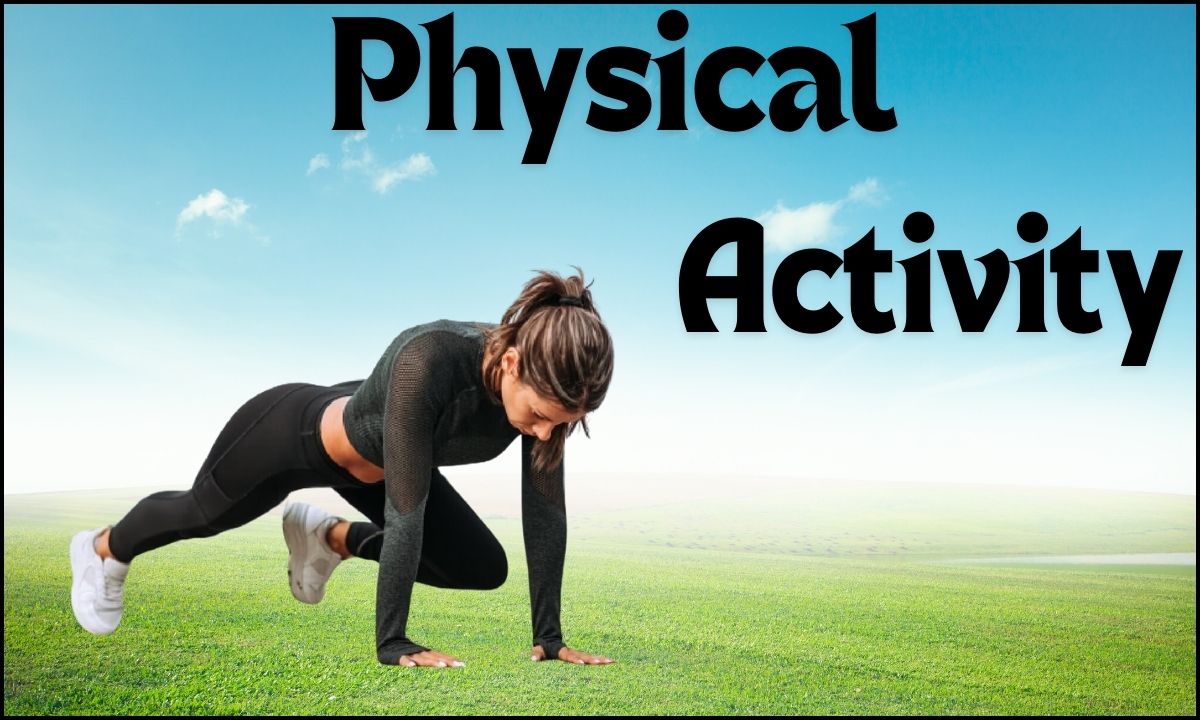Losing 10 kg in 1 month is the number of people who are overweight and obese. However, this is not a small number and it is difficult to reduce in a short time if you do not know how. To lose 10 kg you need to combine many methods such as exercise, diet etc.
Fast Lose Weight 10 Kg It Is Possible?
Yes,it is possible But Not Recommended While you can lose 10 kg quickly through extreme caloric restriction, excessive exercise, or other drastic measures, it’s usually not advisable due to the risks involved.
Some people may experience rapid weight loss initially due to loss of water weight and glycogen (stored carbohydrates). However, this type of weight loss is not sustainable and can be misleading.
some ways that can help you lose weight quickly and with less adverse health effects.
Healthcare Professionals
Health professionals maintain health in humans through the application of the principles and procedures of evidence-based medicine and caring. Health professionals study, diagnose, treat and prevent human illness, injury and other physical and mental impairments in accordance with the needs of the populations they serve. They advise on or apply preventive and curative measures, and promote health with the ultimate goal of meeting the health needs and expectations of individuals and populations,
Create a Caloric Deficit
Calorie restriction means reducing average daily caloric intake below what is typical or habitual, without malnutrition or deprivation of essential nutrients. In a fasting diet, a person does not eat at all or severely limits intake during certain times of the day, week, or month. A practical effect of a fasting diet may be fewer calories because there is less time for regular eating.
Follow Proper Diet Plan
creating a diet plan typically involves a combination of personalized nutrition goals, food choices, and lifestyle adjustments. Here’s a step-by-step guide on how to create and follow a diet plan:

Set Your Goals: Determine what you want to achieve with your diet plan. This could be weight loss, muscle gain, improved energy levels, or overall health enhancement.
Consult a Professional: For personalized advice, consider consulting a registered dietitian or nutritionist. They can help tailor a plan based on your individual needs, health conditions, and lifestyle.
Create a Balanced Menu: Incorporate a variety of foods to ensure you’re getting a range of nutrients. A typical diet plan might include:
- Fruits and Vegetables: Aim to fill half your plate with these at each meal.
- Whole Grains: Choose whole grains like brown rice, quinoa, and whole-wheat bread over refined grains.
- Lean Proteins: Include sources like chicken, fish, beans, and tofu.
- Healthy Fats: Use sources like avocados, nuts, seeds, and olive oil.
Plan Your Meals: Prepare a weekly menu to include breakfast, lunch, dinner, and snacks. Planning ahead can help you avoid unhealthy choices and stick to your goals.
Watch Portion Sizes: Be mindful of portion sizes to control calorie intake and avoid overeating. Using smaller plates or measuring portions can help with this.
Stay Hydrated: Drink plenty of water throughout the day. It’s also wise to limit sugary drinks and excessive caffeine.
Monitor Your Progress: Keep track of what you eat and how you feel. Many people use apps or journals to log their food intake and monitor their progress.
Make Adjustments: Based on your progress and any changes in your goals or lifestyle, be prepared to adjust your diet plan as needed.
Consistent: Consistency is key to long-term success. Aim to make healthy eating a regular part of your routine rather than a temporary fix.
Enjoy the Process: Find ways to make your diet plan enjoyable by incorporating your favorite healthy foods and experimenting with new recipes.
Improve Physical Activity

Try different types of activities to find one you like.
Enough Hydrate
Drink when you feel thirsty, if not before.
Get your fluids from water or other low-calorie beverages, such as plain coffee or tea, or sparkling or flavored waters.
Carry a bottle of water and refill it as needed during the day.
Drink at regular times. For example, drink with meals.
Drink water before, during, and after exercise.
Drink extra fluids during hot weather or when you are sick.
Get medical help right away if you experience confusion, fainting, rapid heartbeat or breathing, or can’t urinate.
Get Plentiful Sleep

If you’re having trouble sleeping, hearing how important it is may be frustrating. But simple things can improve your odds of a good night’s sleep. See the Wise Choices box for tips to sleep better every day.
Treatments are available for many common sleep disorders. Cognitive behavioral therapy can help many people with insomnia get better sleep. Medications can also help some people.
Many people with sleep apnea benefit from using a device called a CPAP machine. These machines keep the airway open so that you can breathe. Other treatments can include special mouth guards and lifestyle changes.
For everyone, “as best you can, try to make sleep a priority,” Brown says. “Sleep is not a throwaway thing—it’s a biological necessity.”
Avoid Extreme Measures
Be aware that increasing the speed of any exercise can increase the risk of injury.
Avoid or modify any exercise that causes you pain or discomfort. Don’t ignore your body’s signals of fatigue, discomfort and pain.
Cross-train with other sports and exercises to reduce the risk of over training.
Make sure you have at least one recovery day, preferably two, every week.
Remember that injuries need rest – trying to ‘work through’ the pain will cause more damage to soft muscle tissue and delay healing.
Observe Your Progress
Regularly recording your weight, diet, and exercise helps you monitor changes over time. Seeing progress can be motivating, while noticing setbacks allows you to make adjustments.
Writing down what you eat, how much you exercise, and your weight makes you more accountable to yourself. It encourages you to stick to your goals and can help you identify patterns or behaviors that need changing.
Keeping a record helps you set realistic and achievable goals based on your actual progress and experiences. It allows you to adjust your goals as needed based on what’s working and what isn’t.




I enjoyed reading your piece and it provided me with a lot of value.
The articles you write help me a lot and I like the topic
You helped me a lot by posting this article and I love what I’m learning.
Thank you for your articles. I find them very helpful. Could you help me with something?
You helped me a lot with this post. I love the subject and I hope you continue to write excellent articles like this.
The articles you write help me a lot and I like the topic
Thanks for posting. I really enjoyed reading it, especially because it addressed my problem. It helped me a lot and I hope it will help others too.